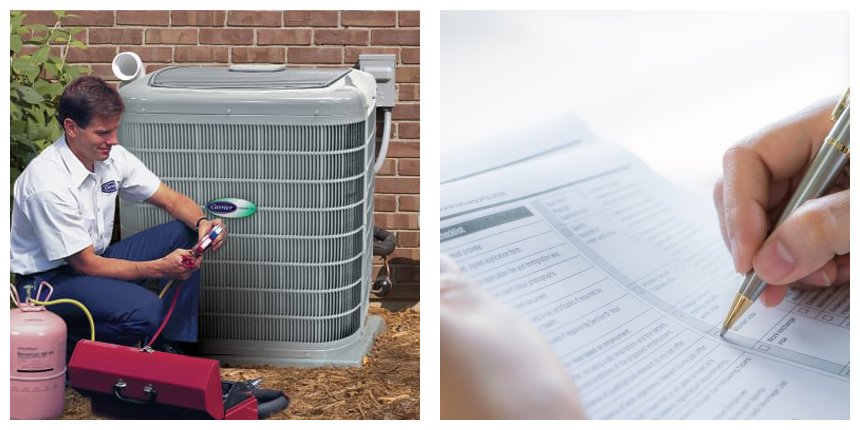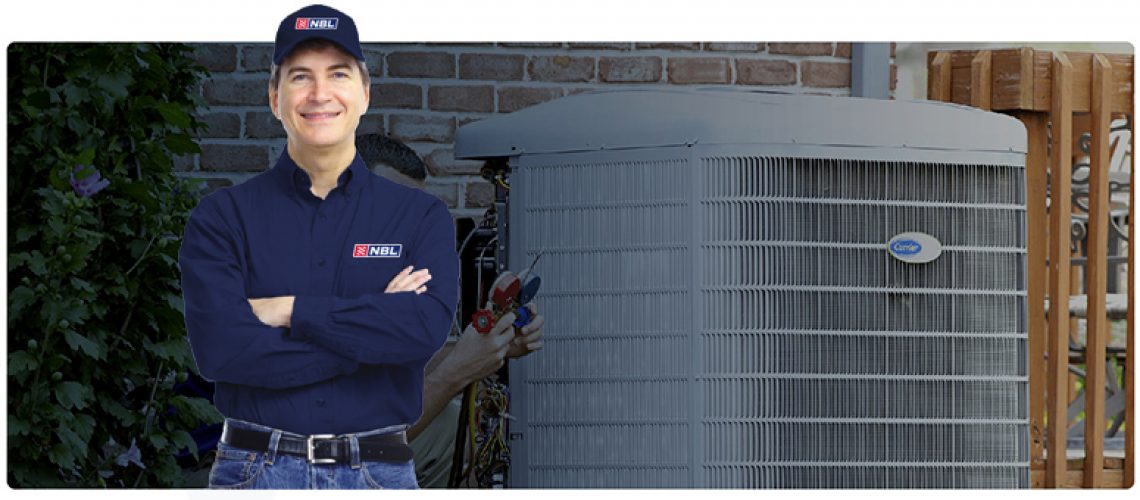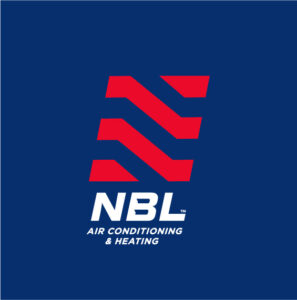Throughout the life of
air conditioning systems, we find clear signals that indicate that the time to replace the HVAC system has
come. And of course, the key is to detect these indicators and
anticipate when the system stops working.

The most common and obvious is to think about the age of the air conditioning system, but the truth is that there are more signs that must be taken into account to make a decision and correctly diagnose the state of an HVAC system and that require the inspection of a expert. “Call us and request a review of your equipment”
However, we can list several factors to consider and that can act as indicators that the time may have come to change the air conditioning system. Those signs are:
Greater than 10 years.
According to a report from the Department of Energy, the life of an HVAC system is 10 years and after that time, the replacement should be considered. It is worth clarifying that if the equipment has had a correct annual maintenance that useful life can be extended up to 15 years.
Even so, an almost 10-year-old HVAC system will require repairs more frequently to keep it running efficiently, and considering all options, it may be more cost effective to replace it than to continue investing in repairs.
Increases in energy consumption.
When energy bills vary significantly from season to season, and no new appliances have been added to the home, we may be facing a strong that the time has come to replace the central air conditioning system. The ideal is to purchase energy efficiency-certified equipment.
Inconsistent temperatures in the environments.
Generally, when an HVAC system is reaching the end of its performance, it loses power to distribute the air properly in the interior space, and that translates into noticeable differences in temperature in each of the spaces and inconsistencies with what indicates the thermostat.
Even so, it is also advisable to check the thermostat to confirm that it is not an electronic anomaly and that the problem really lies in the loss of power from the air conditioning system.
Strange or abnormal behaviors.
The most common event in HVAC system that is about to collapse, lies in the appearance of strange sounds or noises. These can be the product of wear of internal parts or mechanical failures. In addition, an old or troubled HVAC system can also be the cause of unusual odors such as dust burning, wiring melting and mold formation.
Another typical characteristic of strange behavior in HVAC systems is the so-called “short cycle” and it is an anomaly that turns the unit on and off constantly or randomly. This may happen because the system is overheating or because it does not receive enough power to continue operating continuously. In any case, this a diagnosis that requires replacing the air conditioning system.
Considerable decrease in air quality.
A common characteristic of older, old or damaged equipment is the notable decrease in the quality of the air to breathe. Generally, they are reflected in increases in humidity levels, in the accumulation of dust and in the formation and growth of mold and fungus.
In addition, and in the worst case, a failure of the HVAC system can contribute to the leaking of carbon monoxide and enter the air flow, bringing air quality to critical levels and causing serious health problems.
The HVAC system is not ecological.
Most likely, any air conditioning equipment greater than 5 years old, is using R-22 refrigerant, and according to the Clean Air Act, this type of refrigerant is considered a potential threat to the environment because it contains chlorine. As a result, HVAC units using R-22 have been eliminated in the last decade.
The new HVAC systems use an ecological refrigerant called R-410A, which does not contain chlorine. But it is important to clarify that this refrigerant cannot be used in equipment that depended on R-22 and for this reason, the only solution is to change the HVAC system.
The HVAC system does not have an Energy Star label.
While it does not constitute a specific pathology about old or defective systems, the fact that it does not have an Energy Star label means that the energy efficiency is absent.
If for any of the above reasons, it is necessary to change the HVAC system, consider purchasing one with the ENERGY STAR label and you will be able to obtain savings of up to 30% in general terms by unit value and energy costs throughout the 10 years of life of an air conditioner.
Finally, in conclusion we can say that, if you observe
any of the signs mentioned above, you should call a certified HVAC technician
to inspect the air conditioning system and establish a professional diagnosis.
Do not forget that the replacement of an old or defective unit is an investment
that brings real benefits in maintenance, performance, consumption, health and
well-being.
References:
Link Energy Star – Checklist
Maintenance Checklist.
Link Energy Star – Replace
When is it time to replace?
Link RSI The Refrigeration School – “Clean Air Act”
Refrigerant R22 replacement.
Link Carrier – Expert Checklist
Working with an authorized dealer.
Related Posts:
Is it necessary to clean the air ducts?
The importance of professional advice

